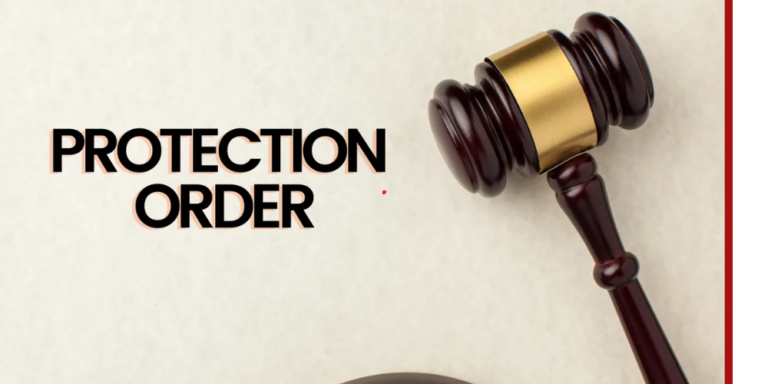Table of Contents
Introduction:
Orders of protection also referred to as restraining orders or protective orders are measures put in place to protect individuals from harm, harassment, or abuse. This in-depth article delves into the aspects of orders of protection providing insights into their objectives the procedures involved, and their vital role, in ensuring the safety and well-being of those who seek them.
Understanding Orders of Protection:
At its core, an order of protection is a court-issued directive aimed at preventing one individual from engaging in harmful or threatening behavior toward another. These protection orders are commonly requested in cases that involve violence, harassment, stalking, or any type of abuse that threatens the safety and well-being of an individual both physically and emotionally.
Key Components of Orders of Protection:
Scope and Duration:
Orders of protection can differ in terms of their extent and length. In some situations, temporary orders are granted to offer protection until a formal hearing can be arranged. On the contrary long-term orders are given after a procedure and can last for several months or even years.
Prohibited Conduct:
These instructions usually detail actions that the person being restrained must avoid. These actions might involve any form of contact, communication, or being, near the person being protected or their home.
Residence Exclusion:
In cases where there is violence, protective orders can include conditions that necessitate the individual who is being restrained to vacate their shared residence. This measure aims to ensure the safety of the person, under protection.
Types of Orders of Protection:
Orders of protection come in various forms, tailored to address specific circumstances. The primary types include:
Domestic Violence Orders of Protection:
These orders are designed to deal with situations that involve partners or family members focusing on addressing issues of abuse, harassment, or threats occurring within a context.
Restraining Orders:
An inclusive classification that covers instructions aimed at preventing harassment, stalking, or unwanted communication regardless of the connection, between the individuals involved.
Child Protective Orders:
These orders have the goal of ensuring the safety and well-being of children in situations involving child abuse or neglect where they aim to prevent any harm or mistreatment.
Harassment Prevention Orders:
In situations where there are interactions, with people we know live near. Have some connection with but not, in a family or romantic context these orders are put in place to stop any form of harassment or unwelcome contact.
The Legal Process:
Securing an order of protection involves a procedure that can vary depending on your location. The person seeking protection referred to as the petitioner typically begins the process by submitting a request, to the court. This request outlines the reasons for seeking protection. May include supporting evidence such as records of threats, injuries, or any harm endured.
After the court receives the request it has the authority to issue an emergency order of protection aiming to offer relief to the petitioner until a formal hearing can be arranged. Afterward, a comprehensive hearing takes place where both sides have a chance to present their arguments. It is then up, to the court to consider the evidence and arguments presented during this hearing in order to determine whether or not a term protective order should be issued.
Enforcement and Consequences:
Once you have been granted an order of protection it is crucial to follow its terms. Engaging in any actions that breach the conditions of such an order is considered a violation. Can lead to consequences. This can lead to legal consequences, for the person who is restrained. Local law enforcement agencies have a role, in enforcing these orders so it’s essential to report any violations.
For individuals who are protected by orders of protection, it’s vital to keep a copy of the order accessible and share it with law enforcement agencies. Being fully aware of the provisions and restrictions outlined in the order empowers the protected individual to take action in case there is a violation.
Conclusion:
Orders of protection serve a role, in establishing an environment for individuals who experience threats, abuse, or harassment. It is important for both those seeking protection and the legal professionals assisting them to have an understanding of these orders, including their types and the legal procedures associated with them. By placing emphasis on the well-being and safety of individuals orders of protection showcase the system’s commitment to preventing harm and ensuring justice for those, in need.

